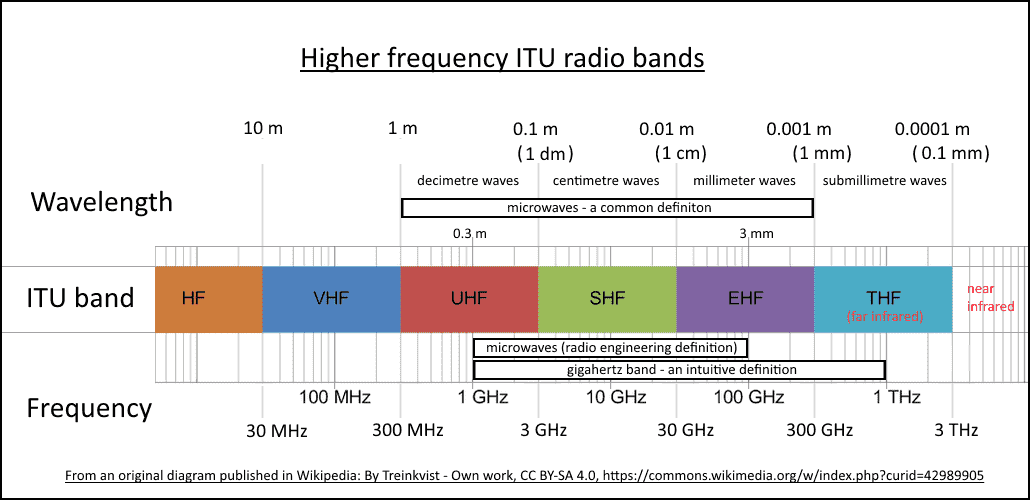- About us
- Product
- Dual-Junction Circulator
-

Dual-junction Microstrip Circulator
-

Dual-junction Drop-in Circulator
-

Dual-junction Coaxial Circulator
- Customized
- Technical Note
- News
- Contact us
NEWS
Updated on:
Keywords: UHF circulator, 300 MHz–3 GHz, RF circulator, microstrip circulator, drop-in circulator, coaxial circulator, SMT circulator, insertion loss, isolation, VSWR, RF isolator.

The UHF band (≈300 MHz–3 GHz) is where commercial, industrial, and defense communications converge—land-mobile radio, LTE/private cellular, UHF TV (region-dependent), and RFID at 860–960 MHz. Within this spectrum, UHF circulators—non-reciprocal three-port components—enable duplexing, power-amp protection, and robust routing in transceivers and radar front-ends. In 2025, demand is driven by compact radios, RFID/IoT growth, and modernization of ground systems; engineers prize lower insertion loss, higher isolation, and dependable supply chains.
Indicative program targets: IL ≤ 0.3–0.6 dB; Isolation ≥ 18–25 dB; VSWR ≤ 1.25–1.5 (form factor & bandwidth dependent).
UHF sits between VHF and SHF (“decimetric” wavelengths ≈1 m to 10 cm). This balance of propagation vs. antenna size enables portable radios and dense base-station modules alike.
Core-Material Concentration:shorter wavelength → smaller antennas and modules.
Urban penetration:better wall/foliage penetration than higher-GHz bands.
Multi-service coexistence:crowded ISM/LTE/RFID drives stricter isolation & linearity.
Three vectors define 2025 demand: (1) refresh cycles in public-safety & utilities land-mobile radio (400–900 MHz), (2) RFID/IoT growth at 860–960 MHz, (3) LTE/private cellular across 700–2600 MHz. OEMs seek lower IL to ease PA headroom, higher isolation for mismatch stability, and low-profile footprints for ruggedized radios.
UHF designs use microstrip (thin profile, PCB-level), drop-in (robust power handling), coaxial (connectorized convenience), and SMT/hybrid assemblies (volume IoT, compact repeaters). Choose by bandwidth, power, mechanical constraints, and serviceability.
Insertion Loss (IL):every tenth dB matters at UHF; shaped by ferrite loss tangent, conductors/dielectric, and launches.
Isolation:protects PA & Rx paths; magnetic bias and matching are critical near band edges.
Return Loss / VSWR:good return eases system matching; pair with duplexers/absorptive filters for multi-band systems.
Power & Linearity:validate CW/PK with worst-case mismatch and temperature corners.
UHF spans numerous services with region-specific allocations. For RFID, mainstream allocations include 865–868 MHz (EU, with 915–921 MHz provisions) and 902–928 MHz (U.S. Part 15). Telecom/LTE covers many bands between 700–2600 MHz (region/operator dependent). Circulator bandwidth and matching must align to the target market band plan and emission masks.
Land-Mobile / Public Safety:400–900 MHz base stations & handhelds; ruggedization and stable isolation under antenna mismatch.
RFID & Logistics: 860–960 MHz readers; low IL and stable isolation to preserve read range & multi-tag throughput.
Telecom / Private Cellular:700–2600 MHz small cells, boosters, and tower-top amplifiers; multi-band integration pressure.
Ground Systems & Telemetry:field terminals facing variable SWR; circulators improve MTBF under outdoor conditions.
Test & Retrofit: connectorized coaxial circulators for benches and field kits.
UHF circulators rely on ferrite gyromagnetic behavior under a DC bias field; practical performance stems from ferrite composition, puck geometry, magnetic circuit design, and matching network. Engineering trade-offs balance size, loss, isolation, linearity, and thermal management; tolerance-aware EM simulation protects yield.
Band & bandwidth:e.g., EU 865–868 & 915–921 / U.S. 902–928 / multi-region.
Form factor:microstrip / drop-in / SMT / coaxial; height limits & connector types.
Performance:IL / Isolation / VSWR / linearity / temperature range.
Power & mismatch:CW/PK ratings with required VSWR survivability & duty cycles.
Environmental & compliance:vibration, shock, humidity; FCC/ETSI/UKCA as applicable.
Reliability & supply chain:ferrite sources, RoHS/REACH, alternates, HALT/HASS, FA route.
Documentation:S-parameters, 3D/CAD, recommended matching, rework/repair guide.
Samples & NPI:lead time, golden-unit retention, SPC during ramp.
Mismatch & hot-switching:validate worst-case (open/short) under rated power & temperature.
Thermal de-rate:establish de-rate curves; consider shields’ hot-spots & altitude.
Magnetic stability:bias drift with temperature & nearby ferromagnetics; keep gaps/alignment tight.
Production variance:ferrite & dielectric tolerances; use Monte-Carlo EM and guard-bands.
According to ITU nomenclature, UHF spans 300 MHz–3 GHz (decimetric band).
RFID 860–960 MHz (EU 865–868 / 915–921; U.S. 902–928), and multiple LTE/private-cellular bands from 700–2600 MHz.
Balance power, footprint, serviceability, and cost: microstrip/SMT for compact PCBs; drop-in/coaxial for higher power or field-serviceable modules.
Circulators are passive and typically don’t require certification, but the end product must comply with regional RF regulations; component specs must align with the final band plan and mask.
International Telecommunication Union. UHF definition within ITU radio bands (image & license page: CC BY-SA 4.0). Wikimedia Commons
NASA / CDSCC. Deep Space Network antenna photo — Public Domain (U.S. Government work). Wikimedia Commons.
Swadim. VSWR ↔ Return Loss chart — CC BY-SA 4.0. Wikimedia Commons.
Mister rf. Junction circulator structure & teardown — CC BY-SA 4.0. Wikimedia Commons.
About the Author
HzBeat Editorial Content Team
Marketing Director, Chengdu Hertz Electronic Technology Co., Ltd. (Hzbeat)
Keith has over 18 years in the RF components industry, focusing on the intersection of technology, healthcare applications, and global market trends.